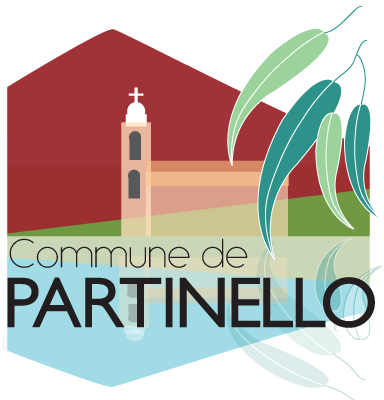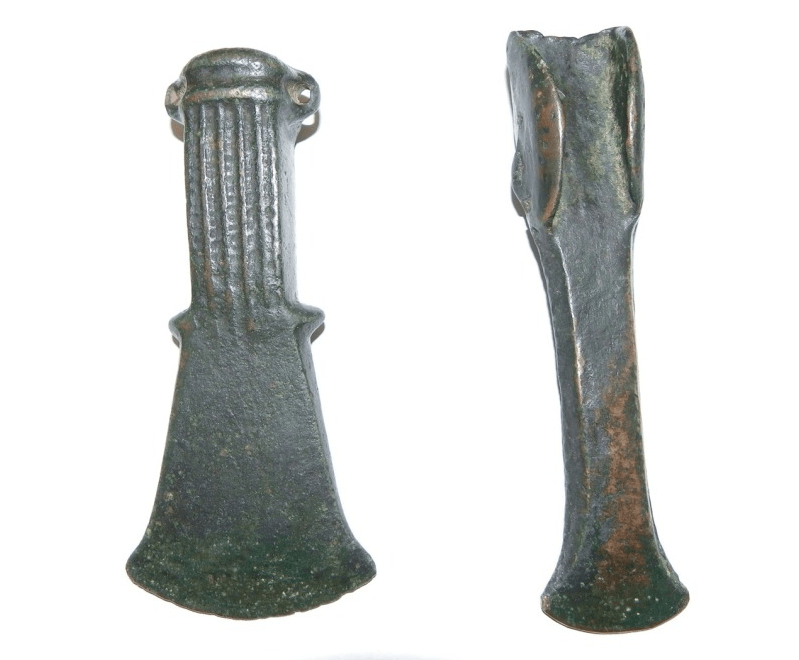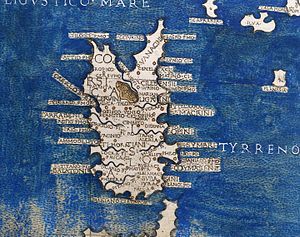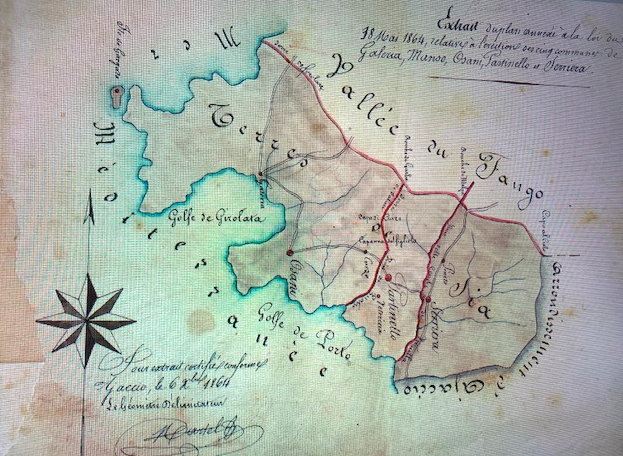SHARE my country
History
From the Bronze Age to the Roman Period
In the territory of Partinello, objects discovered testify to human occupation dating back to:
- From the Bronze Age (3000 years to 800 years before Jesus Christ) for 2 choppers found around 1960 by Toussaint Ceccaldi
- Funeral urns , Roman tombs and tiles discovered at the beginning of 1900 by the Giacometti family.
- 2 Roman coins (As of Faustina) minted during the 2nd century AD.
All these points are specified in the December 2014 archeology survey-inventory report published by the archeology service of Corsica.
From the Middle Ages to modern times
A common thread: transhumance
Around 1520 Sia was the name of the parish formed by the Porto Valley. It was uninhabited and used by ranchers as a transhumance zone for centuries.
The Office of St. George, which had ordered the depopulation of Sia because of the disobedience of its inhabitants to the Lordship of the Leca, and which had burned houses and crops.
Barbaric incursions followed with their lots of slavery and looting.
During this period, transhumance is no longer practiced.
From 1600 the herders began to return.
If at the beginning during the summer the region was emptied of all its inhabitants, around 1800 only humans and animals went back to the mountains in late May and early June (muntaghera) to return in mid-autumn (impiaghera).
The village is therefore permanently occupied.
Subsequently, the breeders organized themselves by grouping the herds and delegating only 5 or 6 people to monitor them and ensure their production.
Thus a large population is sedentary on Partinello which will lead to the creation of the municipality.
Above: Map of Corsica in 1482
Modern times
Creation of the Commune
After the Genoese surrender of Corsica to France on May 15, 1768, the parish of Sevinfuori was created. It brought together the ancient parishes of Sia and Salogna in 1771. The parish of Sevindentro was also created.
After the battle and defeat of the Nationals at Ponte Novu on May 8, 1769, the struggle was not over. On June 2, 1769, Lieutenant-Colonel Geoffre of the Burgundy Regiment attacked the Girolata Tower and removed it despite fierce resistance from the Nationals who had retreated to it.
The parish of Sevinfuori included Osani, Ota, Serriera, Piana and Partinello.
• 1790 - With the Revolution, the parishes take the name of township. The local cantons are called "canton of Evisa" (Sevidentro) and "canton of Piana" (Sevinfuori).
• 18/05/1864 - the municipality of Partinello is created, by a transfer of communal territories of Évisa and Ota.
The town hall has a handwritten copy of the law passed under Napoleon III by the assembly and the Senate.
The contemporary era
From the creation of the commune to the present day
1954 - Partinello was part of the canton of Evisa with the communes of Cristinacce, Évisa, Marignana, Orsani et Sawmill. The commune then had 324 inhabitants. The capital is Evisa.
1973 - The cantons of Évisa and Piana are gathered within the canton of Deux-Sevi. The capital is Weather in Piana.
1975 - The department of Corsica is divided into two; Partinello is in Corse-du-Sud.
2015 - The township of two Sevi is reunited with the cantons of the 2 Soru, Cinarca, Cruzzini and they now form the canton West Corsica.
2016 - The Commonwealth is created Spilonca Liamone grouping the communes of the territory of the township.









